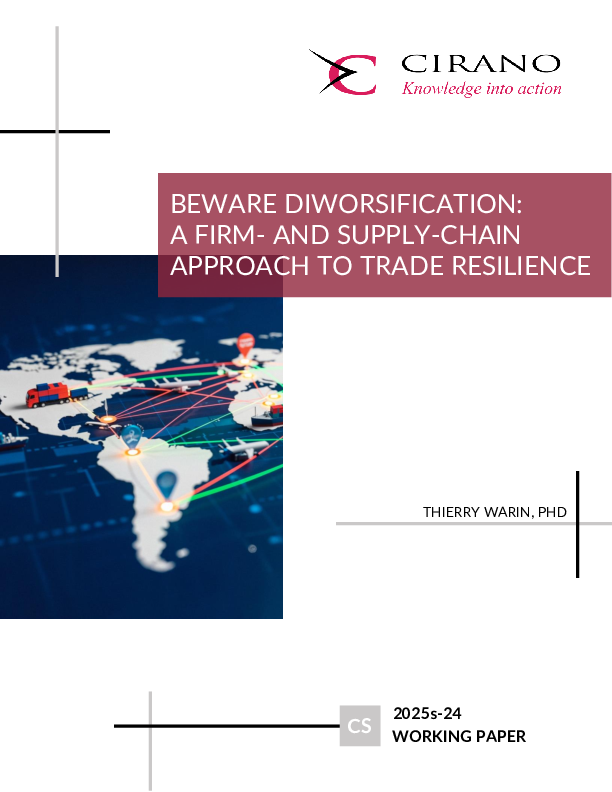Incentive Effects of Public Insurance Programs on the Occurence and the Composition of Workplace Injuries
This paper provides evidence that workers' compensation (WC) and unemployment insurance (UI)could affect not only the occurence of workplace accident claims, but also the composition of these reported accidents. Our theoretical framework predicts that, under plausible assumptions, an increase in the wage replacement ratio under WC (or a decrease in the UI wage replacement ratio) leads to a larger increase in the probability of reporting a difficult-to-diagnose injury than in the probability of reporting an easy-to-diagnose injury. Panel data on 9800 workers in the Québec construction industry over each month of the period 1977-1986, combining administrative data from the Québec Construction Board and the Québec Workers' Compensation Board, were used for the estimations. The parameters of the model are estimated using a three alternative MultiNomial Probit (MNP) framework with individual random effects. Our results confirm our theoretical predictions. In particular, the impact of the WC replacement ratio on the probability of accidents ranges (in terms of elasticity) from 0.83 to 1.45 for difficult-to-diagnose injuries and from 0.72 to 1.03 for easy-to-diagnose injuries (for the period 1979-1986). In line with these results, we also show that the probability to report a difficult-to-diagnose injury is significantly greater in winter (the dead season in the construction industry) than in other seasons.
[ - ]




